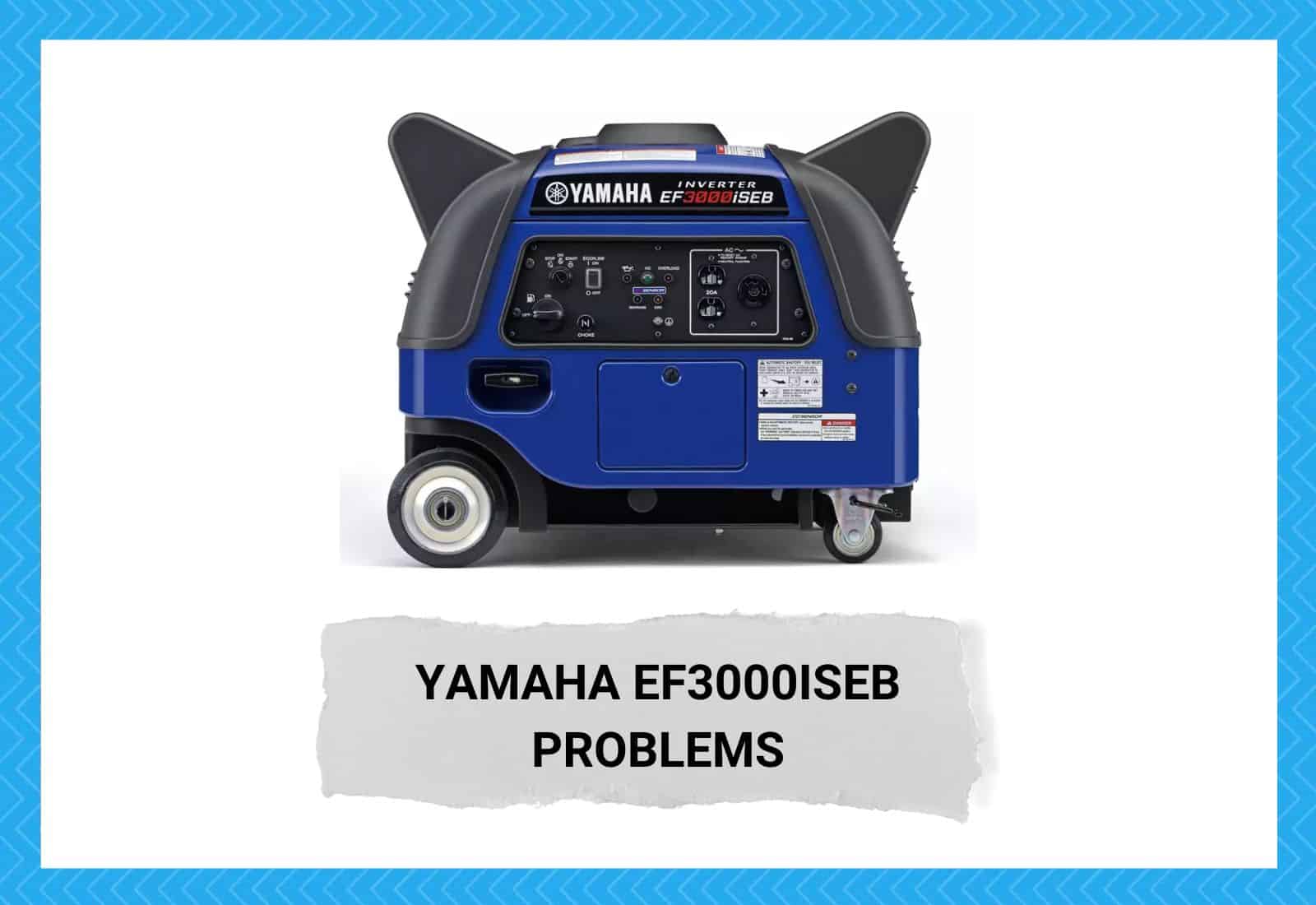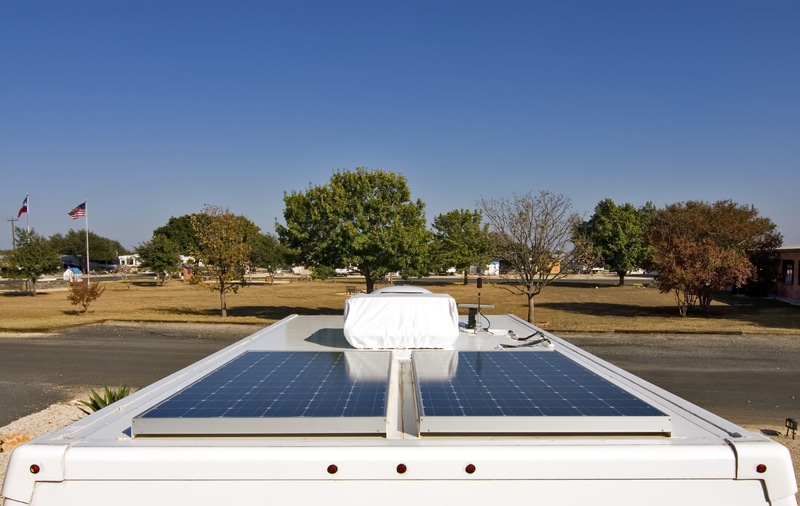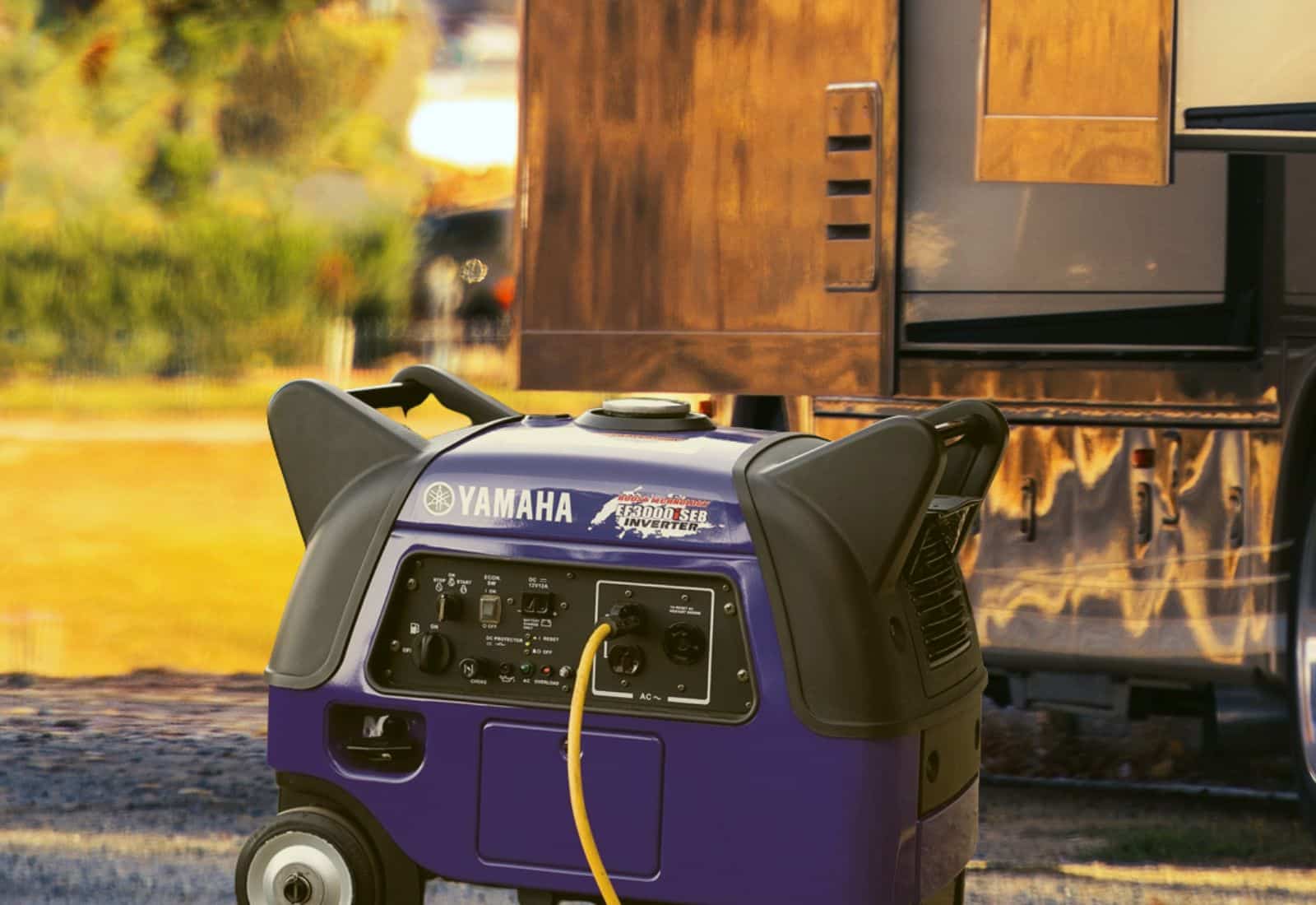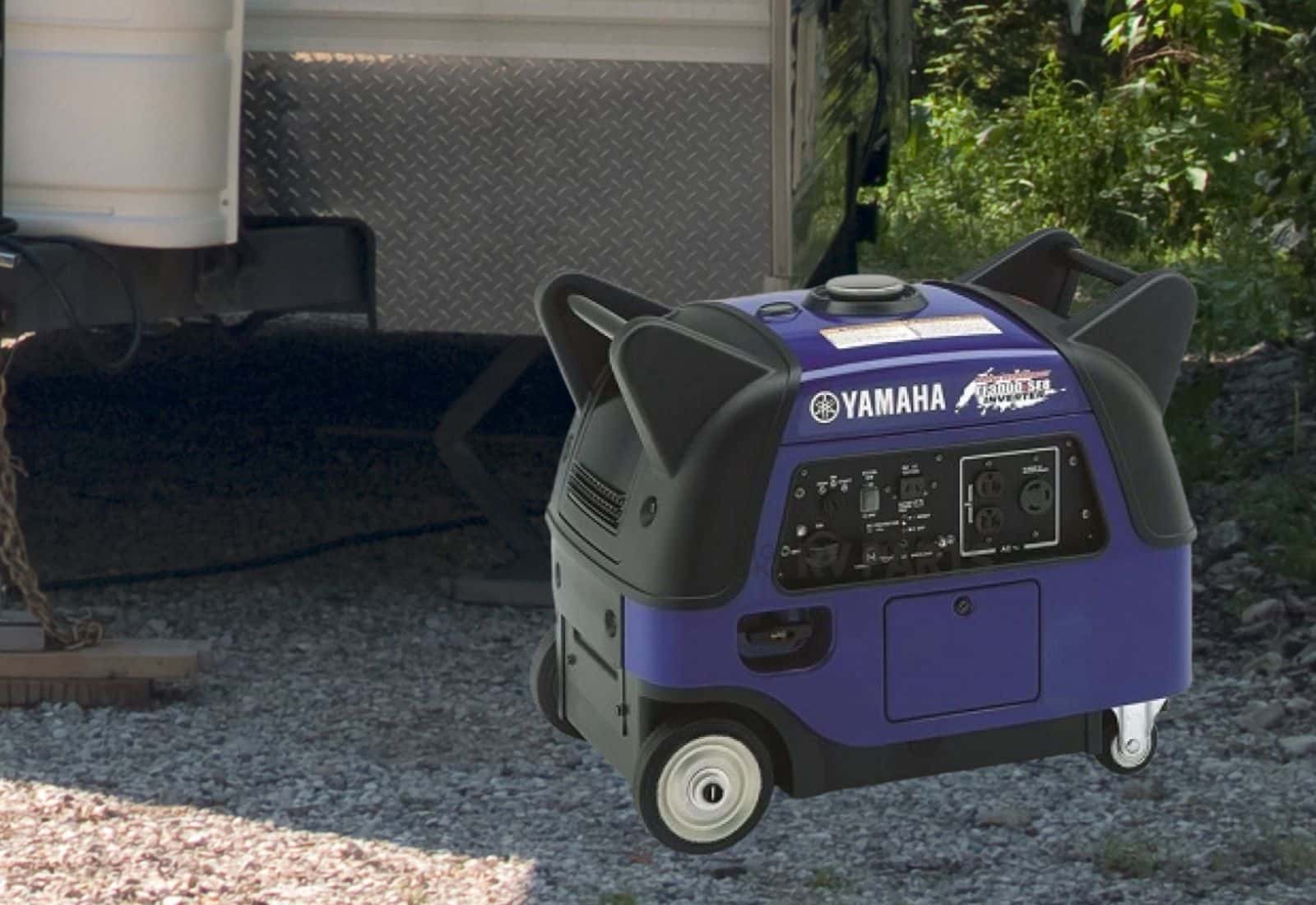
The worst thing that could happen when you’re out camping in your trailer or motorhome is losing power.
Especially in winter or summer, when temperatures can go extreme, you need a continuous supply of electricity to keep your recreational vehicle cozy and prevent the storage tanks from freezing up.
Sadly, RV blackouts are a real thing. Although it only happens occasionally, the odds of it happening at the worst possible time—for instance, when you’re too far out and your fridge is full of perishables—are pretty high.
If you don’t find and fix the problem right away, those goods will rot, and you’ll probably freeze to death if a blizzard occurs.
But how is that possible? Aren’t today’s RVs equipped with solar panels that continue to store power in the battery bank as long as the sun is out?
There could be a bunch of reasons why you might suddenly lose power. Faulty wiring is the most obvious one, considering that the cables and connectors are the only passage for electricity into your RV. So, either the circuit is broken, or the power source has failed.
Powers sources for RVs
Knowing where your RV gets power is the best way to understand and deal with RV electrical problems.
(That’s one of the first things you’ll learn when you invest in an RV) An RV has two electrical systems: one powered by 120-V alternating current (AC) and the other by 12-V direct current (DC).
When you charge your RV at a campground or any designated charging station, the shore power goes into the 120-V AC system–so is the power collected via the solar panels on your RV’s roof.
The battery powers the 12-V DC electrical system. The AC system can also power the same appliances the DC system powers with the help of a converter.
Generally, these power sources are enough to last each journey. The solar panel will keep storing electricity in the battery during the day. You can supply some electricity to your AC system via an inverter.
And if it isn’t enough, you can simply hook up for shore power. And if that still doesn’t suffice, it’s time to invest in a portable generator.
Why a portable generator? Well, two reasons—you can produce electricity with it using a different fuel, AND you can use it to power external devices. In addition, having a power source that you can carry around is quite convenient.
For instance, if you need electricity somewhere distant from your RV and there’s not enough extension cord. It also won’t add much weight to your RV because it’s lighter than standard generators.
A close look at Yamaha EF3000iSEB
When choosing a portable generator, you need to consider the power output, operation, portability, and connections, among other things.
One product that can quickly meet your criteria is the Yamaha EF3000iSEB. Yamaha has been a top manufacturer of generators, and their portable models have been the preferred products of RV owners ever since.
In fact, the EF3000iSEB is one of their bestsellers. Here’s why:
- Protects the user – The Yamaha EF3000iSEB has a carbon monoxide (CO) sensor. We all know CO is dangerous because it’s odorless and colorless. That’s why it’s sometimes referred to as a silent killer. With this sensor, you can rest assured that your generator is safe even in a closed room. It also has a ground-earth terminal that protects users from electric shock.
- Smart power output – Turning on a high-wattage appliance often requires extra start-up power. If the power is insufficient, the appliance might not start up properly. This generator has Yamaha Boost Technology and a 30 amp – 120V twist-lock outlet, which senses when extra power is needed.
- Long-lasting and energy-saving – You want your portable generator to last long, but it’s hard to monitor fuel consumption and power output. Yamaha addressed this problem by using the Yamaha MZ175 engine, which is well-known for its durability. It even has a low oil warning system that shuts off the engine when the oil level drops.
- Easy to operate – Some generators require technical skills and a pro wrestler’s strength to set up and run. You don’t want that. The Yamaha EF3000iSEB has an electric start, making it easy to operate even for the average user. It also has a fuel gauge that tells you when it’s time to top up the tank.
- Quieter than other generators – Generators are notorious for their loud sound. It can be pretty deafening, which is terrible if you have neighbors or don’t want to attract any wildlife attention. The Yamaha EF3000iSEB has a noise block sound reduction system that minimizes the sound of the motor down to 60 decibels. You can still hear it, but it’s a lot quieter than a standard generator.
Common Yamaha EF3000iSEB Problems
As durable and user-friendly as it is, the Yamaha EF3000iSEB is not immune to malfunctions. You will encounter issues with it from time to time.
Most of them you can fix yourself, while others require a more thorough check. But before we get to the troubleshooting part, here are some safety reminders:
- Never operate the generator with wet hands or in damp surroundings. You’re dealing with 240-V electricity, enough to kill a grownup man within seconds. Moisture will make that electricity even more lethal.
- Don’t tilt the generator. Whether it’s stationary or you’re carrying it, make sure it’s upright to prevent the fuel and lubricant from spilling out. If you notice spills on or around the generator, let them dry first. Fuel is flammable, and electricity can light it up quickly.
- Let the generator warm up before connecting anything. You will only get the voltage you need if the generator has completely warmed up.
Always remember this safety protocol when handling the Yamaha EF3000iSEB or any equipment using flammable substances or high-voltage electricity. Now, let’s discuss the common problems you can encounter with this generator and how to troubleshoot them.
1. Won’t start
Like any other generator, the Yamaha EF3000iSEB is delivered and sold bone dry. No drop of fuel or oil can be found in its engine and tank.
So, if you are using your generator for the first time and it doesn’t turn on, the first thing to do is check if the fuel tank has fuel and if the engine is well-lubed.
While at it, try pulling the recoil starter and check if the oil warning light is flickering. If it does, it indicates that the spark plug isn’t connecting well with the recoil. The likely culprit is dirt and rust on the spark plug.
So take it out and clean it. But before doing anything with the spark plug, shut the generator down and see that the area around the spark plug is fuel-free to avoid fire or explosion.
If this doesn’t work, the next step is to check the fuel line and the air cleaner element for clogs. If you find any, remove them thoroughly to ensure fuel runs smoothly into the engine.
Still no power? Contact the dealer or the manufacturer. Their tech support can walk you through the more complex and invasive troubleshooting.
2. Not enough power output
You were promised extra power, so you should get extra power. However, you’re not getting it, so either they lied, or there’s something wrong with how you’re using your Yamaha EF3000iSEB.
First, you should understand that your generator must be less than 60 meters from the RV. That’s the maximum distance the electricity produced by your generator can travel and reach the outlet undiminished. “But my generator is just next to my RV, and I’m still not getting any power?”
In that case, check the length of the extension cable you’re using. It’s probably around 60 meters. It doesn’t matter how close your generator is to your RV if you use a long extension cable.
3. Shuts down intermittently
One great thing about the Yamaha EF3000iSEB is it has an electric starter, meaning you don’t need to pull a cord every time you need to turn it on
The generator immediately gets into action with the twist of a knob. But after a few minutes of warming up, the generator might suddenly shut down.
The most likely culprit is the speed-limiting board. If you use your generator outside where it’s exposed to the sun, chances are this flimsy piece of electronic inside the equipment will overheat.
That automatically shuts off the generator’s engine. To fix this problem, open the generator to find the speed limiting board and let it cool off.
Then, before using the generator again, put it in the shade to reduce the heat trapped within it. But if the problem persists after this, you should replace the speed limiting board altogether.
Contact the manufacturer and ask if they sell this component, or you can buy an aftermarket version.
Storing the Generator
Many problems you may encounter with your Yamaha EF3000iSEB involve how you store it after use. Unless you’re using your generator as the primary power source for your RV, odds are it will be kept somewhere in your RV for several months.
Unfortunately, during this time, your generator will slowly deteriorate. Preventive maintenance is necessary to slow down its deterioration further:
- Drain the fuel tank. It must be empty before you put away the generator.
- Remove the spark plug and pour a tablespoon of SAE 10W30 or 20W40 motor oil into the spark plug hole. Then put the spark plug back.
- Clean the generator thoroughly to remove all dust and grease.
You won’t always have a technician to help use and maintain your generator. So before choosing to live a camper’s lifestyle, see that you have the savoir-faire of a long-term traveler.




I love my Yamaha EF3000iSEB! Very reliable in any weather condition.
BUT!>>> I stored it covered in my shed and found out that a rat had built a condo inside the generator housing. After dismantling everything and cleaning it out I found an oval shaped opening underneath the generator.
I recommend that everyone should cover the oval shaped opening with some 1/4 inch metal mesh to keep critters out.